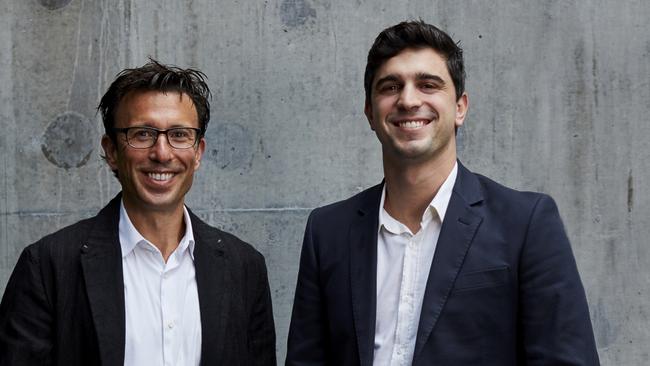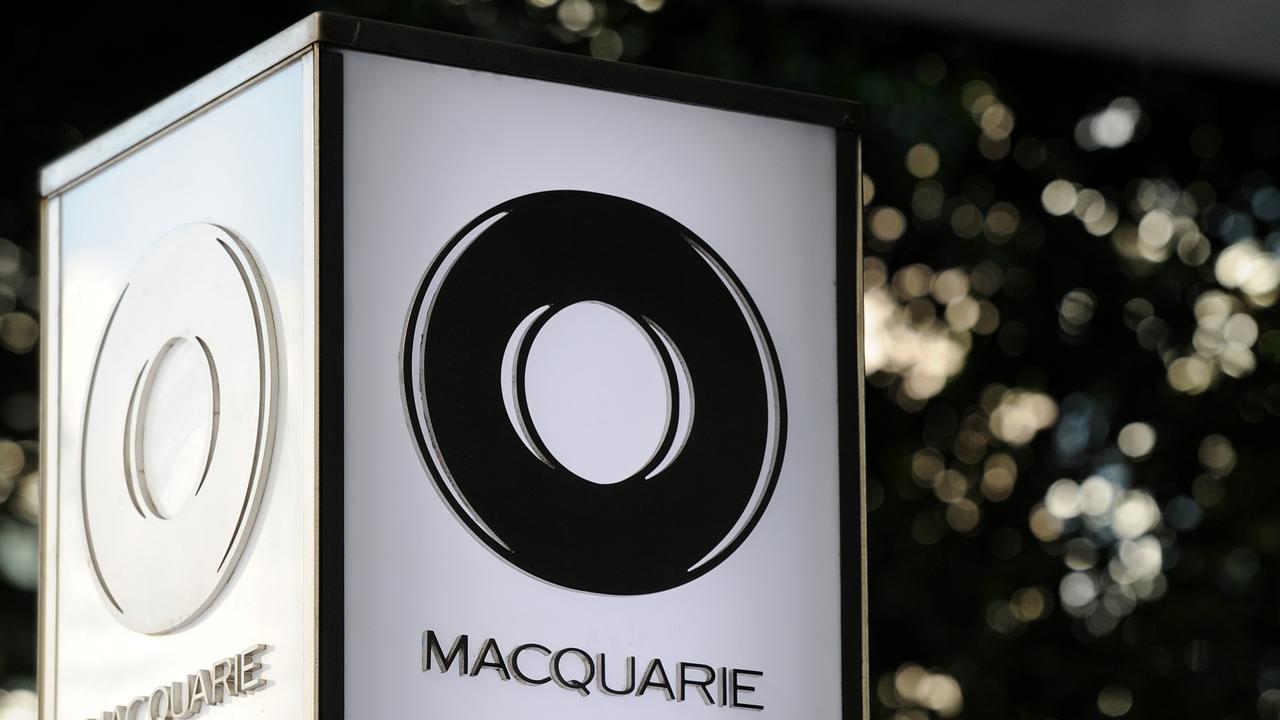Afterpay goes after the big four with Afterpay Money
The tech darling is moving beyond ‘buy now, pay later’ and now wants to be trusted with your salary and bank deposits.

Afterpay has thrown down the gauntlet to the banking world, scoring its own financial services licence and launching a customer deposits app.
The buy now, pay later group’s app is already used for everyday purchases but the company is now hoping many of its three million Australian customers will trust it with their salaries and other deposits.
“Money by Afterpay” — the company’s biggest product launch yet — will operate in partnership with Westpac as the regulated deposit account and card issuer, while Afterpay’s Australian Financial Service License will allow it to provide general financial product advice and distribute deposit products and debit cards.
The ASX-listed tech darling hopes its new deposits app will poach customers of the big four through fun new features – and a competitive interest rate of 1 per cent at launch.
Banks including Commonwealth Bank this year launched “pay in four” functionality and Afterpay is now hitting back. It wants its customers to make Afterpay Money their primary money management app – complete with a linked debit card – and to pay their salaries into the account directly.
The app – available for download in October – is also closely integrated with Afterpay’s BNPL functionality, displaying upcoming Afterpay payments and allowing customers to shop at Afterpay merchants online directly inside the app.
The app forms part of what Afterpay executive vice president Lee Hatton, a former Suncorp and National Australia Bank executive, said is part of a generational shift in how Australians think about money.
“We believe we can change money for the next generation, and their attitudes towards it,” she said in an interview.
“We want to become the go-to app for everything to do with money. We‘ve decided [to build this app] because of big societal shifts, but also too because our mission at Afterpay has always been financial freedom for all, and we want to solve this first for under-35 females, so we’ve really targeted them.
“This app is an opportunity to redefine the way this generation thinks about money. We’re going to empower with a money-positive mindset, the whole premise of Afterpay has always been to get what you want when you want it.”
Afterpay was the first partner to join Westpac’s cloud-based banking-as-a-service platform, which has given the tech company access to banking capabilities such as transaction accounts and cashflow tools that it‘s now passing on to its users.
It has also obtained an AFSL from ASIC to enable it to provide general financial product advice and distribute deposit products and credit cards. The funds on deposit will sit on Westpac’s balance sheet.
Morningstar analyst Shaun Ler said the move was part of Afterpay’s strategy to create an ecosystem to “lock in” customers.
“A big part of the buy now, pay later thesis is that operators need to offer something beyond just processing credit. And this is Afterpay doing that; it’s moving beyond extending credit to now offering a bank account. And that is helping to build its ecosystem,” he said.
But his colleague Nathan Zaia, Morningstar’s banking analyst, warned of the challenges of an outsider muscling in on the competitive banking sector.
“Afterpay has undoubtedly shaken up the payments space, and they could surprise us again and do it in banking, but I think it’s going to be a tall order for them to make a dent in the competitive banking landscape.”
Part of the problem is Afterpay’s banking options don’t appear to be any different to what consumers could get elsewhere, he said, as he cautioned on the “stickiness” of bank customers.
But Ms Hatton said the company’s research had shown customers were not fussy about changing banks.
Afterpay is hope to woo this cohort through fun features like a “Pinterest board for savings”, and no fees, as well as the 1 per cent savings rate.
Mr Ler also cautioned on the rise in marketing spend Afterpay would have to undertake in the near term as it builds its ecosystem. The market was overlooking the prospect of rising costs, he said.
Senior banking and insurance analyst at Velocity Trade, Brett Le Mesurier, pointed to the 1 per cent savings rate on offer as being “high” compared to Westpac’s other products on offer, but painted Afterpay’s role in the deal as “a finder” for the bank.
“They have a very limited license; they’re just a procurer of deposit business for Westpac and presumably they get a spotters fee.”
He also questioned how much Afterpay “could move the dial” on the competitive banking landscape due to the likelihood that Afterpay customers don’t hold substantial savings.
“Things like this typically don’t last,” he said of the arrangement between the two companies.
“For Afterpay it means they have more products to offer their customers but it’s just an introducer arrangement so there’s no reason to expect this is a forever deal,” he said as he flagged the potential for the Afterpay to link up with multiple banks on a similar deal, or for its peers to make a similar move with a rival bank.
Afterpay employees will begin trialling the app in July.
Ms Hatton also hinted that it will soon allow its customers to use Afterpay Money to split all transactions into four – not just those made at Afterpay merchants – but would not confirm those plans.
“We want other to see that you can build these experiences for consumers, you don’t have to be restricted by traditional constructs,” Ms Hatton said. “Everything that we look at is with a global mindset, and I think for us, Afterpay is a verb, it’s a real doing word, and we see that for the future.
“We’re targeting Australia first and we know we’ve got an opportunity to make a significant difference here and we’re not a fly-by, we really want to get it right before we think about new markets.”
RBC Capital Markets maintained its $150 ‘outperform’ rating on Afterpay and said the move would help the company save on processing fees and improve its margins, as well as giving it a “large revenue stream from referral fees across a broad range of banking products.”
Shares in Afterpay rose 1.6 per cent to close out the session at $106.62, against a fall in the benchmark ASX200 index. The Melbourne-based company is still exploring a US listing and has reportedly tapped Goldman Sachs to advise it.


